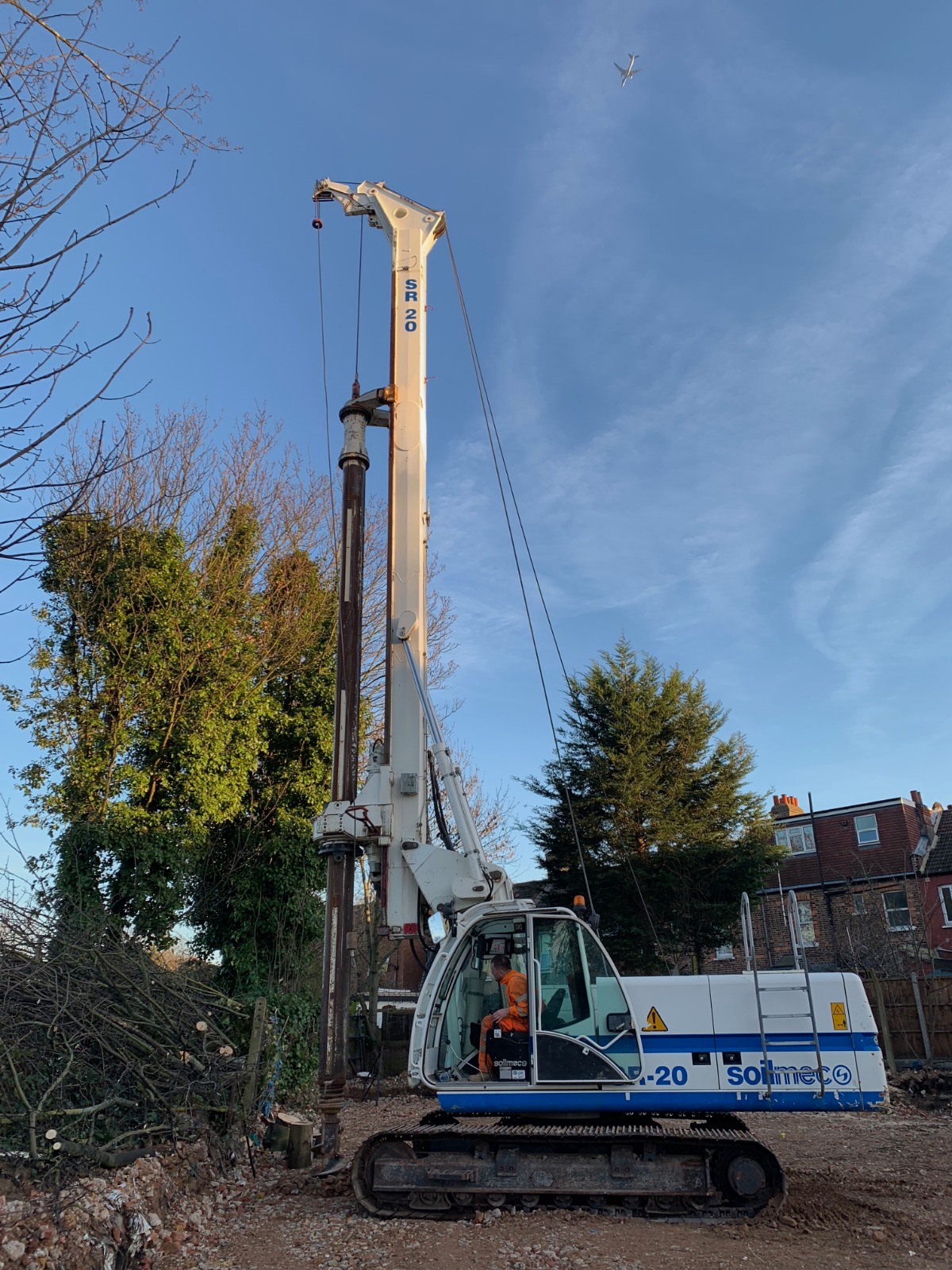Understanding Rotary Bored Piling: A Comprehensive Guide to Stable Foundations
When it comes to ensuring the longevity and stability of any infrastructure project, choosing the right foundation method is crucial. Rotary Bored Piling (RBP), also known as Rotary Bored Auger piling, stands out as one of the most efficient and reliable methods for creating deep foundations. This method is widely used across London for its ability to adapt to varying ground conditions while providing exceptional load-bearing capacity. At KHB Piling LTD, we pride ourselves on our expertise in Rotary Bored Piling, delivering top-quality piling solutions for both commercial and residential projects.
What is Rotary Bored Piling and Why is It So Effective?
Rotary Bored Piling involves the use of powerful rotary drilling rigs to create deep, stable piles. This technique is particularly effective when a robust foundation is required, especially in environments where soil conditions present a challenge. The piles created through this method can reach considerable depths and large diameters, typically ranging from 600mm to 2,500mm, depending on the specific needs of the project.
One of the main reasons for choosing Rotary Bored Piling is its ability to handle higher loads and deeper foundations compared to other piling methods. This makes it ideal for large-scale infrastructure projects such as bridges, tunnels, and high-rise buildings, as well as residential developments in challenging ground conditions.
The Rotary Bored Piling Process: Step-by-Step
The RBP process starts with drilling a borehole to the required depth using an auger attached to a telescopic bar. The auger rotates and advances into the ground, extracting soil in the process. Once the desired depth is reached, a steel reinforcement cage is inserted into the borehole, followed by the pouring of high-strength concrete to form a solid pile.
In some cases, a temporary casing may be used to prevent soil collapse during the drilling process, particularly in loose or waterlogged soils. This casing is later removed after the concrete has been poured. This method is highly adaptable, allowing for piles to be installed in difficult ground conditions such as clay, chalk, or even areas with obstructions.
Where Can Rotary Bored Piling Be Used?
Rotary Bored Piling is a versatile foundation solution that can be applied to a wide range of construction projects. Some common applications include:
- Bridge Foundations: Ensuring stability for both small and large-scale bridges.
- Retaining Walls: Providing essential support for deep excavations.
- Basement Construction: Ideal for constructing deep basements in urban environments where space is limited.
- Tunnel Infrastructure: Supporting the development of underground tunnels.
- Road and Rail Projects: Offering durable foundations for infrastructure in various ground conditions.
- Industrial Projects: Providing solid foundations for large industrial structures requiring deep, robust support.
This method is particularly valuable in areas with varying ground conditions, making it a preferred choice for many complex engineering projects. The ability to reach greater depths and create larger-diameter piles sets Rotary Bored Piling apart from other techniques, ensuring a strong and reliable foundation even in the most challenging environments.
Advantages of Rotary Bored Piling
Rotary Bored Piling offers numerous benefits, making it one of the most reliable and cost-effective foundation techniques available today:
- High Load Capacity: The method is suitable for projects requiring strong support, such as bridges, high-rise buildings, and industrial structures.
- Adaptability: Rotary Bored Piling can be used in a wide variety of soil types, including clay, chalk, gravel, and even rocky terrains.
- Minimal Vibration and Noise: This technique causes minimal disruption to surrounding areas, making it ideal for urban settings where noise and vibration must be kept to a minimum.
- Larger Diameters and Greater Depths: This method allows for larger diameter piles, which are essential for projects with significant load-bearing requirements.
- Precision: Rotary Bored Piling ensures precise placement and positioning of piles, making it suitable for projects requiring accurate engineering solutions.
Challenges of Rotary Bored Piling
While Rotary Bored Piling is an excellent method for many projects, it does have some limitations. The process can be time-consuming compared to other piling techniques, especially for smaller projects. Additionally, the equipment required for RBP is larger and heavier, which may pose challenges in sites with limited access or space. Despite these challenges, the benefits far outweigh the limitations, particularly for projects that require deep foundations and high load-bearing capacities.
Engage with KHB Piling LTD for Superior Piling Solutions
If you’re looking for expert Rotary Bored Piling services in London, look no further than KHB Piling LTD. Our team of highly trained professionals is equipped with state-of-the-art equipment and the expertise needed to deliver exceptional results. Whether you’re working on a residential project or a large-scale infrastructure development, we have the skills and experience to ensure your foundation is solid, stable, and built to last.
Don’t leave your foundation to chance. Contact us today to discuss your project requirements and discover how we can tailor our Rotary Bored Piling solutions to meet your specific needs. Our team is ready to provide you with a detailed consultation and expert advice to ensure the success of your project.


